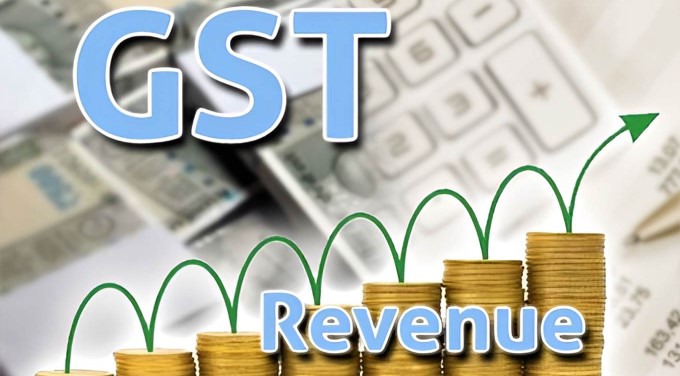
The figures of increasing revenue from GST
- April 13, 2024
- 0
The Goods and Services Tax (GST) has been one of the major policy successes of recent years. Which rationalized the tax system of the country. This has rectified the existing poor structure of the tax system. Due to which the country’s market has truly developed.
Now the question is how much revenue has the government actually received from GST? Is it really an improvement on the pre-GST regime?
The GST figure in 2022-23 is 18.1 trillion, which is equivalent to 6.6 percent of the gross domestic product or GDP. But this figure is actually a measure of how much GST has come, it cannot be considered as government revenue. This is because some amount of GST is returned to the taxpayers. There is no data as to how much this amount was returned.
One major exception is that, in GST, exports are zero-rated, meaning exporters do not pay tax on their output but are entitled to a refund on the tax paid on their inputs. This is a major part of the refund under GST.
Is it the fact that GST revenues have recently crossed pre-GST levels? Not at all. Revenue has declined due to two reasons. The first reason is that export refunds with GST have become much easier, faster and more complete than the previous system. This is certainly a good thing, but may not be welcome, given the rush to cut tax rates in the years before the pandemic, according to the Reserve Bank of India. Due to which the average collection rate decreased from 14.4 percent in May 2017 to 11.6 percent in September 2019.
As a result, we now need to focus on increasing GST collections. But this work should neither be done with excessive enthusiasm nor to harass the taxpayers. What is needed is that the major shortcomings should be removed. There is a need to simplify the rate structure, as the current complexity, especially for cesses, is potentially reducing revenue collection.
The most natural change would be to move towards a three-rate structure (recommended by the Revenue Neutral Rate (RNR) Committee in 2015) with a standard rate of 18 per cent, a bottom rate of 10 per cent. The now unnecessary cesses, except GST compensation, should be included in the normal rate structure at the top rate of 40 per cent. This will not only make the system simpler, but will also remove a major drawback. Thereby an important source of revenue has been diverted away from the standard divisible pool of taxes that provides resources for both the Center and the states.
The conclusion is as follows
GST performed less well than we thought in the initial years, but now it is performing much better than we expected. It could have done even better if it had been redesigned towards simplicity. Our appreciation and understanding of this historic reform would be improved if refund data (and their composition) were published.
👇 Please Note 👇
Thank you for reading our article!
If you don’t received industries updates, News & our daily articles
please Whatsapp your Wapp No. or V Card on 8278298592, your number will be added in our broadcasting list.

































































